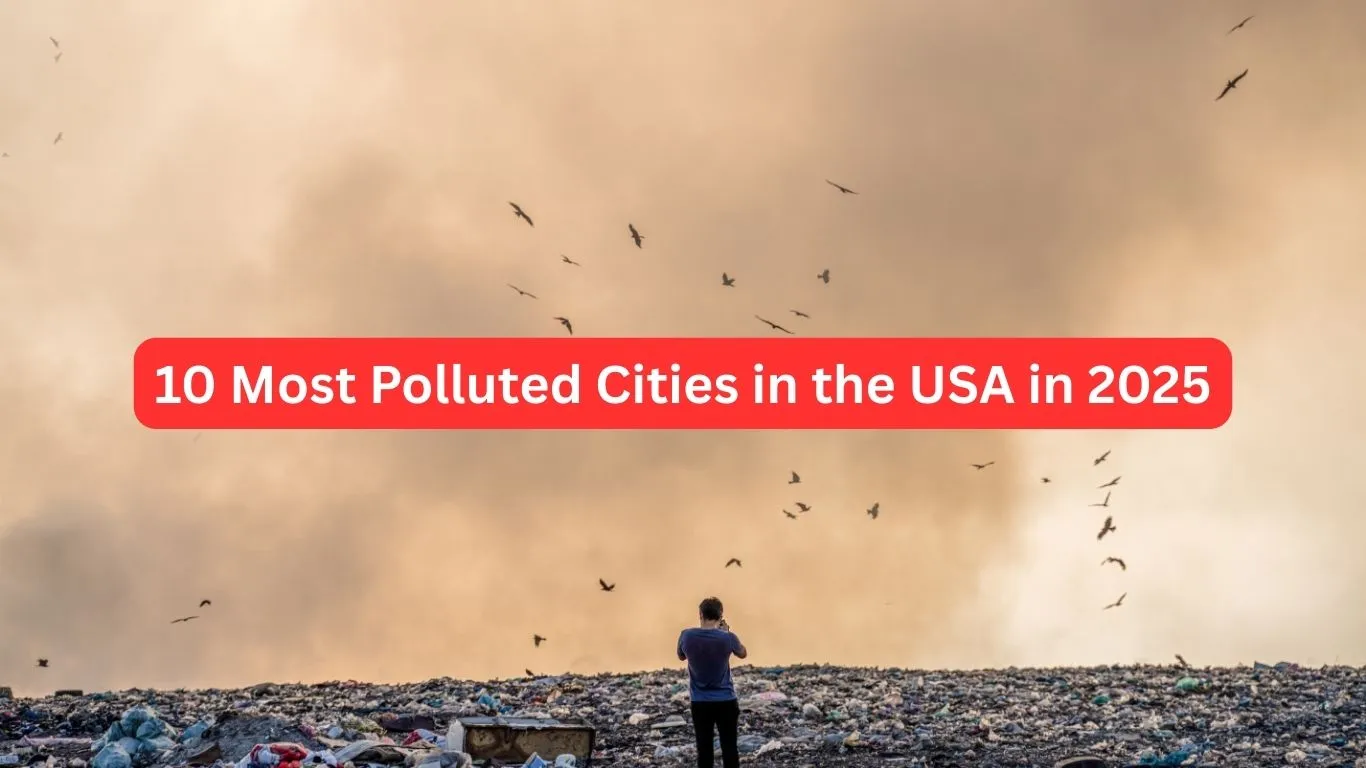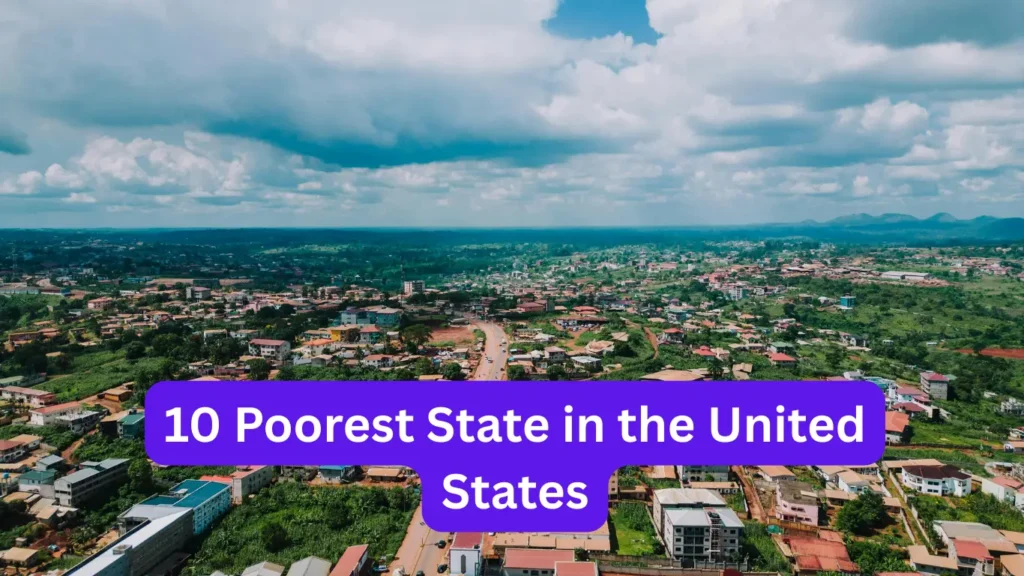Air pollution remains a significant environmental and health challenge in the United States, affecting millions of people across the country. While the U.S. has made great progress in reducing emissions over the decades, certain regions still struggle with high levels of ozone and particle pollution due to industry, traffic, and geography. In 2025, the most polluted cities in the USA highlight the urgent need for cleaner energy, sustainable transportation, and stronger climate action.

1. Bakersfield, California
Type of Pollution: Particle pollution (PM2.5)
Reason: Agriculture, oil production, and geography
Bakersfield continues to rank as one of the most polluted cities in the U.S., with high levels of particulate matter trapped in the Central Valley. The region’s dependence on farming and oil contributes heavily to pollution.
2. Fresno, California
Type of Pollution: Particle pollution
Reason: Agriculture and vehicle emissions
Fresno faces persistent air quality issues due to intensive farming and high traffic. Its location in the San Joaquin Valley makes it particularly vulnerable to smog and dust buildup.
3. Los Angeles, California
Type of Pollution: Ozone (smog)
Reason: Traffic congestion and industrial emissions
Los Angeles has long been known for its smog, driven by massive traffic and industrial activity. Although improvements have been made, LA still ranks among the most polluted due to its sprawling size and geography.
4. Visalia, California
Type of Pollution: Particle pollution
Reason: Agriculture and regional air stagnation
Visalia struggles with high levels of PM2.5 pollution, largely tied to farming practices and stagnant air in the Central Valley. It frequently ranks alongside Bakersfield and Fresno.
5. Phoenix, Arizona
Type of Pollution: Ozone pollution
Reason: Extreme heat, traffic, and urban growth
Phoenix experiences some of the worst ozone levels in the country. Its rapid population growth, high temperatures, and car dependency worsen smog conditions.
6. San Jose, California
Type of Pollution: Ozone and traffic emissions
Reason: Silicon Valley congestion
While San Jose is wealthy and innovative, it struggles with significant ozone pollution due to tech-driven urban sprawl and heavy traffic congestion in the Bay Area.
7. Sacramento, California
Type of Pollution: Ozone and particle pollution
Reason: Vehicle emissions and geography
Sacramento’s air quality problems stem from its position in a valley, trapping pollutants from vehicles and nearby agriculture. Summers bring particularly high ozone levels.
8. Denver, Colorado
Type of Pollution: Ozone pollution
Reason: Traffic and geography (high elevation)
Denver frequently experiences ozone alerts due to its combination of car traffic and its high-altitude location, which makes it prone to smog accumulation.
9. Houston, Texas
Type of Pollution: Ozone and industrial emissions
Reason: Oil refineries and chemical plants
Houston is the energy capital of the U.S., but its large number of refineries and chemical plants, combined with traffic, contribute to serious ozone pollution.
10. Salt Lake City, Utah
Type of Pollution: Particle pollution
Reason: Winter inversions trapping smog
Salt Lake City suffers from severe winter inversions, where cold air traps pollution close to the ground. This creates dangerous spikes in particulate matter during the colder months.
Final Thoughts on Most Polluted Cities in the USA
The 10 most polluted cities in the USA in 2025 reveal how geography, urbanization, and industrial activity contribute to persistent air quality challenges. While cleaner energy and stricter regulations have improved conditions nationwide, these regions highlight the ongoing need for sustainable solutions to protect public health and the environment.
For more topics and detailed articles, visit our USA Top 10 website.
You can also Visit at Calculation Club


